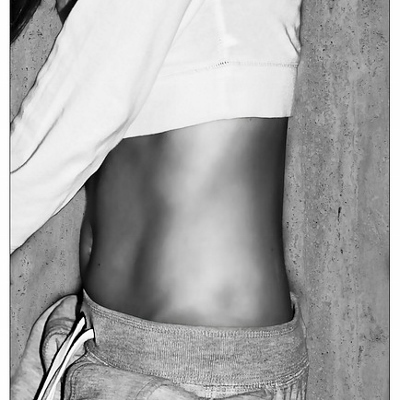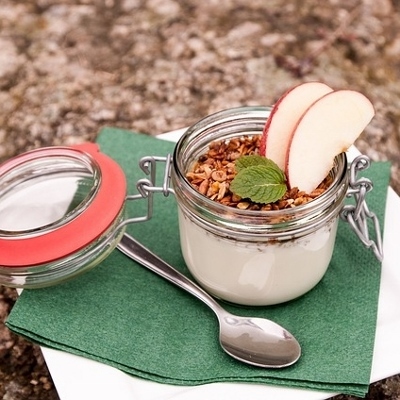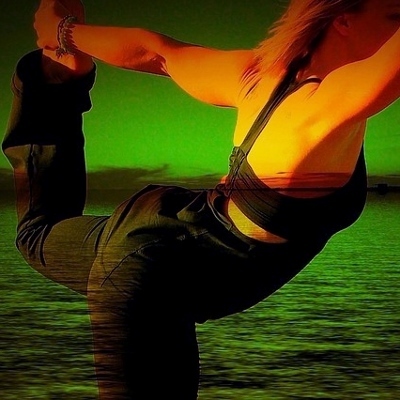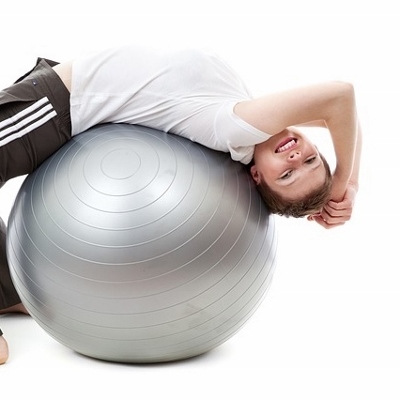 If you’re wondering what to wear to your first Pilates session, I’m here to help. First and foremost make sure to wear something comfortable that you can move in. Try to avoid overly baggy attire so that you won’t get caught in the equipment or spend too much time adjusting your duds. Form fitting, exercise specific clothing like Lululemon is my favorite. When your outfit hugs your curves your instructor can see your alignment and posture better. Pilates is traditionally done barefoot, but some studios require socks. I like socks that have grips on the bottom to avoid slipping when you’re working out.
If you’re wondering what to wear to your first Pilates session, I’m here to help. First and foremost make sure to wear something comfortable that you can move in. Try to avoid overly baggy attire so that you won’t get caught in the equipment or spend too much time adjusting your duds. Form fitting, exercise specific clothing like Lululemon is my favorite. When your outfit hugs your curves your instructor can see your alignment and posture better. Pilates is traditionally done barefoot, but some studios require socks. I like socks that have grips on the bottom to avoid slipping when you’re working out.
If you have long hair, make sure it’s pulled back away from your face either in a high ponytail, bun, french braid, or pig tails. Having your hair low at the base of your neck can be uncomfortable when lying down and fussing with it will take away from your workout. For the men coming to Pilates for the first time: make sure you wear a support brief under your workout shorts/pants for extra support. I’ve heard these are good to keep the family jewels safe and secure.
Now you’ve been doing Pilates for just a couple weeks now and you’re seeming to get the hang of it. You finally get up into the dreaded teaser and BAM! Your foot cramps and you feel like it’s going to fall off! No need to worry — this is completely normal. There are several possible reasons your feet are cramping. Here are the most common causes:
1-Dehydration. Have you been drinking enough water? Did you drink a little too much last night without a water back? Did you drink a whole pot of coffee after a restless night? Lack of hydration can send your piggies into spasm. Drink up.
2-Lack of Minerals. Sodium, magnesium, and potassium are all important minerals to help our bodies run properly and regulate activity in your nerves and muscles. You can glean much needed minerals from various foods like bananas, almonds, and dried fruit. Sport drinks also contain muscle quenching minerals but I prefer the au natural version, coconut water.
3-Relax your feet! Holding tension in your toes or feet while practicing Pilates can be the cause of those pesky foot cramps. Keep your feet relaxed thorough out your session to avoid them seizing up. You can also roll the bottom of your feet on a roller or golf-ball to release any tightness in the bottom of your tootsies.
To get the most out of your Pilates practice make sure to work on the mat as well as the equipment. While mat classes are a great introduction to the work, they are only part of Pilates. Mr. Pilates himself insisted that to get the best results from his method you should get on every piece of apparatus at least once a week, which also includes the mat. Don’t give up your mat class — it’s a great place to practice, but get yourself to a studio with a certified instructor to really see results. Not only will your body change quicker, the work with the springs on the apparatus will benefitial in preventing osteoporosis. In-studio sessions are not as budget friendly as mat classes but even just a handful of studio lessons will be a worthy investment to help you get so much more out of your weekly classes on the mat.





